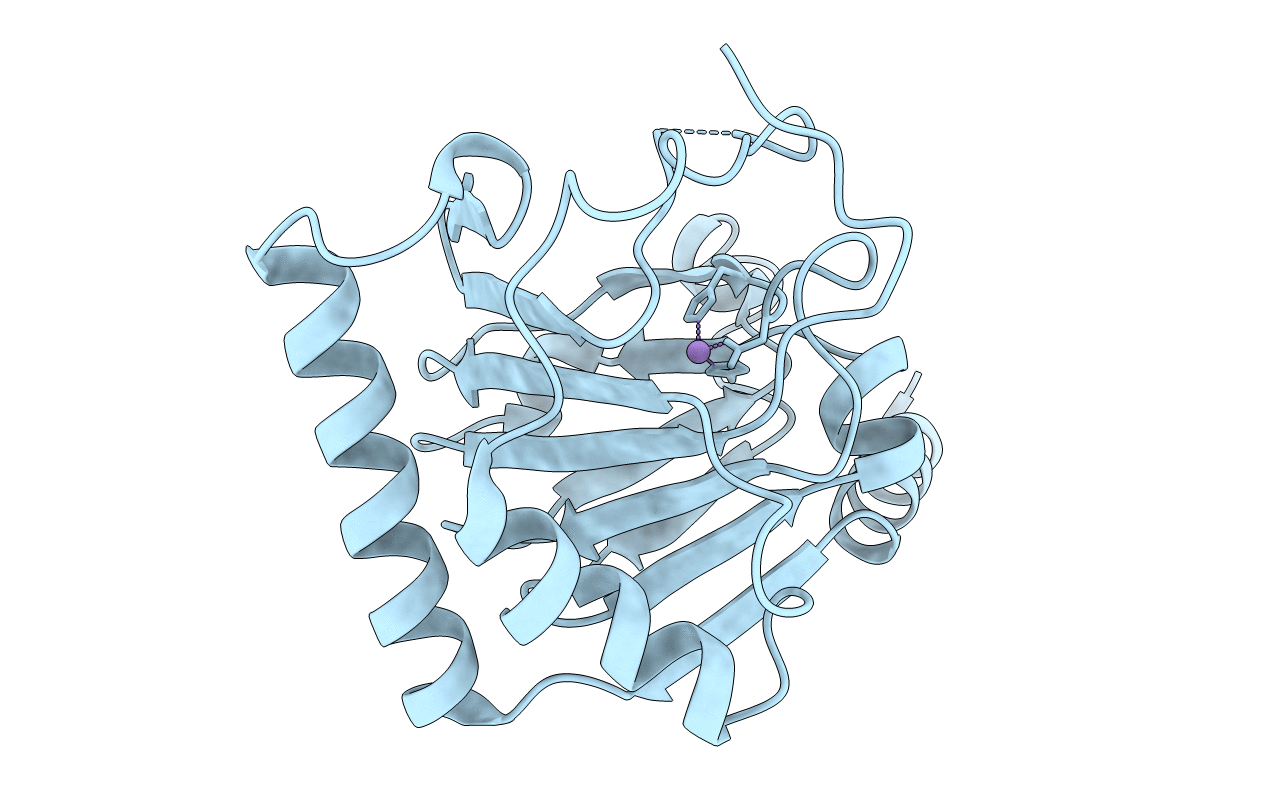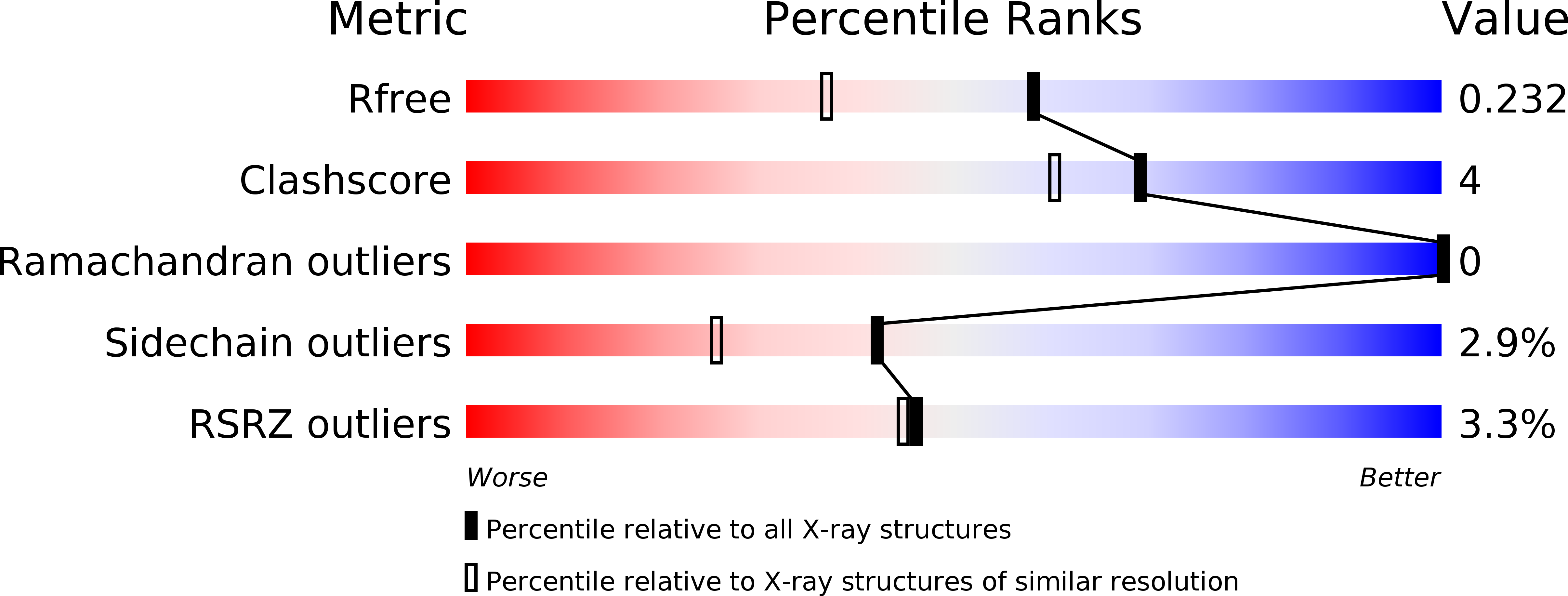
Deposition Date
2013-12-26
Release Date
2014-03-19
Last Version Date
2024-10-09
Method Details:
Experimental Method:
Resolution:
1.78 Å
R-Value Free:
0.23
R-Value Work:
0.21
R-Value Observed:
0.21
Space Group:
P 43 21 2


